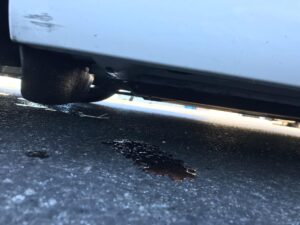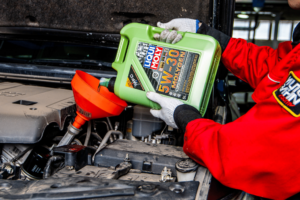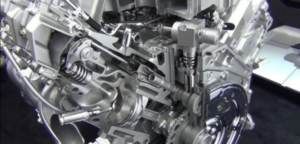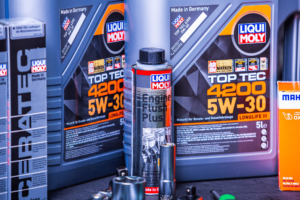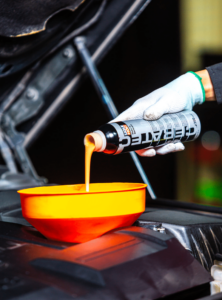Car lighting is an essential aspect of automotive safety, yet it often goes overlooked. Illuminating the world of car lighting not only helps ensure the safety of drivers and pedestrians, but also enhances the overall driving experience. This comprehensive guide delves into the various types of car lights, their functions, and the technologies behind them. Buckle up and join us as we embark on a journey to better understand the significance of car lighting, how to upgrade and maintain it, and the legal requirements that govern its use.
Key Takeaways
It is important to understand the various types of car lights for road safety.
Different technologies, such as halogen bulbs, LED headlights and Xenon HID bulbs are available with varying costs and performance levels.
Regular inspection and maintenance of car lighting systems is essential for peak performance, legal requirements compliance and road safety.
Understanding Car Lights

Car lights are vital for visibility and road safety; they encompass a range of options designed to suit diverse driving conditions in various cars. A clear understanding of the different types of car lights is beneficial, especially since some systems come equipped with sensors for automatic adjustment.
Functional lighting across all areas of your vehicle is a safety imperative for you and other road users.
Headlights
Headlights provide visibility while driving at night or in low-light conditions, with options like dipped and full beam headlights. Dipped headlights are the most commonly used, providing a balance between brightness and safety for oncoming traffic.
Full beam headlights, on the other hand, are reserved for unlit stretches of road during the night and should be turned off when encountering oncoming traffic, following another vehicle, or navigating left-turning bends. Getting to know the switches for both dipped and full beam headlights allows you to adapt quickly to changing driving conditions.
Tail Lights and Brake Lights
Tail lights and brake lights play a crucial role in ensuring other drivers can see your vehicle from behind. Brake lights are red lights located near the tail lights, which illuminate when the brakes are applied, signaling to other drivers that the car is slowing down.
Keeping your brake lights clean and functional is critical not just for road safety, but also for avoiding penalties or even the removal of your vehicle from the road.
Indicators and Hazard Lights
Indicators and hazard lights communicate your intentions to other drivers, such as turning or warning of potential dangers. A variety of indicators and hazard lights are available, including turn signals, brake lights, and hazard lights. Most countries require these lights to be used in compliance with local legislation, ensuring road safety and proper communication between drivers.
Regular inspection and upkeep of these lights are key for their optimal functioning and to prevent potential problems.
Types of Car Lighting Technologies

Various car lighting technologies are available, such as halogen bulbs, LED headlights, and Xenon HID bulbs, each with its own advantages and disadvantages. An informed choice of technology can significantly impact your driving experience, as well as the efficiency and cost of your car lighting system.
We’ll delve into these technologies to aid your decision-making process when choosing your car’s lighting components.
Halogen Bulbs
Halogen bulbs are the most prevalent form of car lighting technology and are relatively affordable. They employ a tungsten filament in a glass tube and a combination of gases to generate light. However, they are not as luminous as LED headlights or led bulbs, with a standard halogen bulb emitting 1300 Lumen.
As a result, halogen bulbs are gradually becoming less favored due to their inefficiency and lack of brightness.
LED Headlights
LED headlights:
Utilize light-emitting diodes (LEDs) to generate illumination
Provide increased energy efficiency and quicker response times compared to halogen bulbs
Can be costly and necessitate cooling systems
Despite these challenges, LED headlights offer a variety of benefits, making them a popular choice for those seeking a balance between performance and energy consumption.
Xenon HID Bulbs
Xenon HID bulbs are a type of automotive lighting that offers several advantages over traditional halogen bulbs.
They use xenon gas to generate a bright, white light output, providing up to a 400% increase in luminosity.
They have a longer lifespan of approximately 3000 hours.
They do not contain a filament like conventional bulbs, making them more durable and resistant to vibrations.
These features make xenon HID bulbs a popular choice for car enthusiasts looking to upgrade their vehicle’s lighting system.
However, their high cost and uncontrolled brightness, which can lead to glare for other drivers, have prevented them from becoming an industry standard. These bulbs offer increased brightness and efficiency, but may not be suitable for all drivers due to their potential drawbacks.
Upgrading Your Car’s Lighting System

Upgrading your car’s lighting system can significantly enhance your driving experience, ensuring better visibility and road safety. It involves selecting the right products for your vehicle and understanding the installation process.
This section will guide you through the process of upgrading your car’s lighting system, from choosing the appropriate components to installing them correctly.
Choosing the Right Products
Choosing suitable lighting products hinges on compatibility, preferred brightness, and budget. Prior to making a purchase, it’s important to research the product and verify its compatibility with your vehicle.
Additionally, consider the type of lighting technology you prefer – halogen, LED, or Xenon HID – and weigh the pros and cons of each option.
Installation Tips
Upon installing new lighting components, adherence to the manufacturer’s guidelines and relevant legal requirements is a must. If you’re uncertain about the installation process or encounter any difficulties, seeking professional assistance from a qualified technician is recommended.
Appropriate alignment of headlights, achievable using a headlight alignment tool, is also critical for peak performance and road safety.
Car Batteries and Lighting Performance

The role of car batteries in your vehicle’s lighting performance is significant, as optimal battery function guarantees peak performance of both interior and exterior car lights. A weakened or expiring car battery can lead to dim or flickering lights, diminished brightness, and even complete failure of the lights.
In this section, we will discuss the impact of battery life and power output on your car’s lighting performance.
Battery Life and Power Output
Keeping a healthy battery is key to achieving the best power output for your car’s lighting system. Regularly check the charge level, keep the battery clean, and ensure that the terminals are properly connected to help prolong battery life.
A healthy battery is capable of providing up to 12 volts of power output, ensuring your car lights function effectively and efficiently.
Signs of a Failing Battery
Signs of a failing battery may include a slow cranking of the engine, dimmed headlights, and a warning light on the dashboard.
Potential causes of a failing battery may include age, lack of use, or exposure to extreme temperatures.
If you notice any of these signs, it is vital to address the issue promptly to prevent further damage and potential safety risks associated with poor lighting performance.
Legal Requirements and Regulations for Car Lighting

Legal requirements and regulations for car lighting dictate the compulsory lights and their proper use for road safety. Each country has its own car lighting laws, and acquainting yourself with these rules is important to steer clear of fines or penalties.
In this section, we will discuss the legal aspects of car lighting, including mandatory lights and proper usage guidelines.
Mandatory Lights
Mandatory lights for vehicles include:
Headlights
Tail lights
Brake lights
Indicators
Hazard lights
Each of these lights serves a specific purpose in ensuring visibility and safety on the road.
Keeping these lights in good working order and following the legal guidelines governing their use is critical.
Proper Usage of Car Lights
Proper usage of car lights involves using the correct lights for different driving conditions and following local regulations. For example, low beam headlights should be used in low visibility scenarios, such as during the night or in fog, while front turn signals and brake lights should be used when appropriate.
Sidelights and rear registration plate lights must be used between sunset and sunrise. Adhering to these guidelines ensures road safety and compliance with applicable laws.
Car Lighting Maintenance and Troubleshooting

Regular upkeep and problem-solving of your car’s lighting system are imperative for peak performance and road safety. It is necessary to inspect your vehicle’s lights for any broken or damaged parts, examine the wiring and connections, and ensure that all lights are functioning correctly.
In this section, we will discuss the importance of regular inspection, addressing common issues, and preparing for MOT tests.
Regular Inspection
During a car lighting inspection, you should examine the following:
Headlights
Taillights
Brake lights
Turn signals
Hazard lights
License plate lights
Making sure all lights work and are properly aligned is key for road safety and the overall efficiency of your car’s lighting system.
Regular inspections help identify potential problems early, allowing you to address them before they escalate into more significant issues.
Common Issues and Solutions
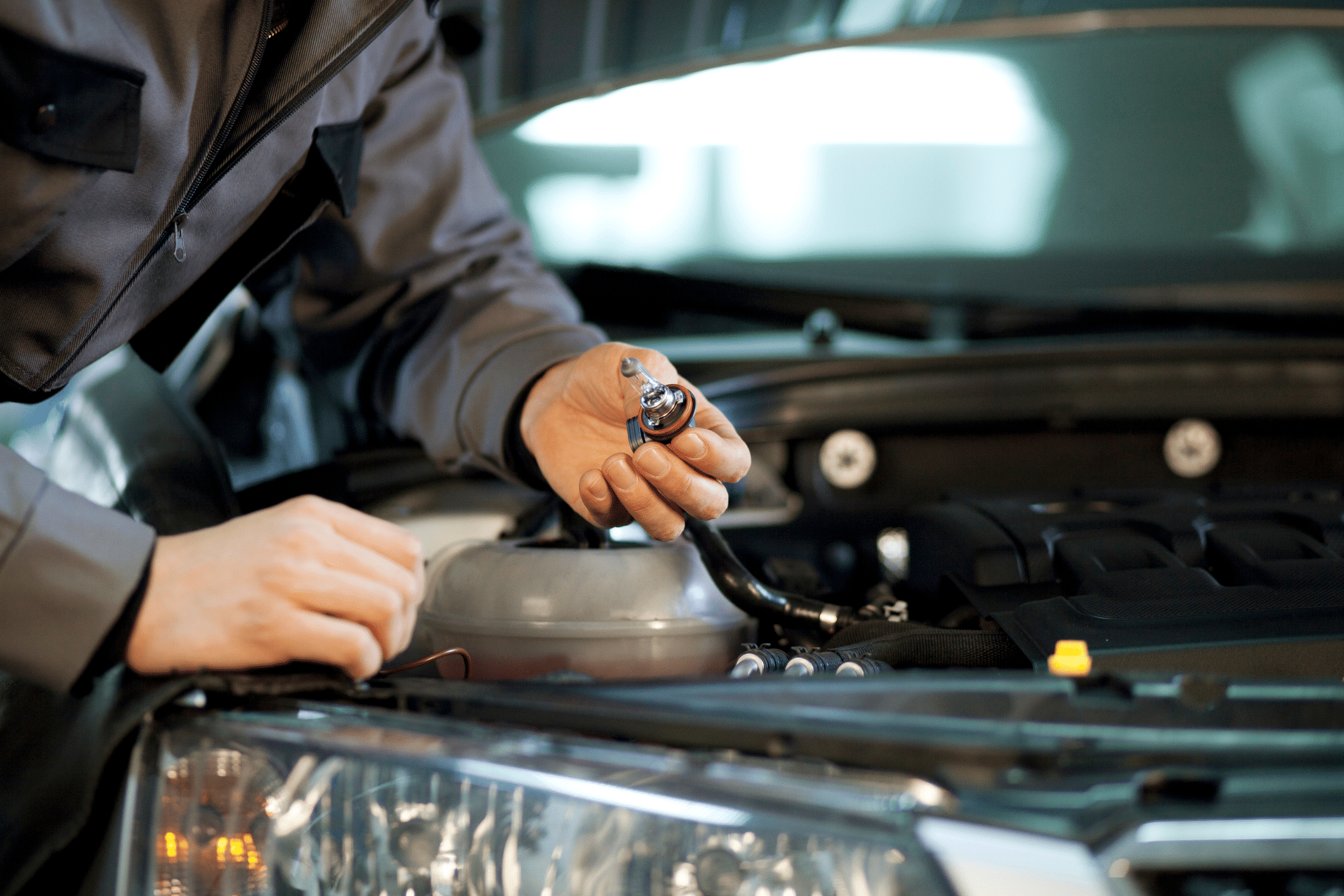
Common issues with car lighting include broken or damaged components, defective wiring and connections, and bulbs that are not operating correctly. Replacing broken or damaged parts, inspecting the wiring and connections, and replacing any bulbs that are not functioning correctly can rectify these issues.
Another common issue is misaligned headlights, which can cause poor visibility and pose a safety risk. To adjust misaligned headlights, follow these steps:
Locate the adjustment screws on the headlight assembly.
Adjust the screws to move the headlight in the desired direction.
Regularly check and adjust your headlights to ensure proper alignment and optimal lighting performance.
How to check car lighting before MOT?

Prior to an MOT test, you should examine your car’s lighting system to confirm all required lights are working and correctly aligned. Additionally, examine the windscreen wipers, fluid levels, and other essential components to guarantee your vehicle is in compliance with legal requirements.
Taking the time to prepare your car for an MOT test can save you time, money, and potential penalties for non-compliant vehicles.
Summary
Car lighting plays a crucial role in ensuring road safety and enhancing the overall driving experience. Understanding the various types of car lights, their functions, and the technologies behind them, enables you to make informed decisions when upgrading or maintaining your car’s lighting system. Regular inspection, adherence to legal requirements, and proper maintenance are pivotal to keeping your car’s lights in optimal working condition. By illuminating the world of car lighting, you can ensure a safer and more enjoyable journey on the road.
Frequently Asked Questions
What car lights should be on at night?
For driving at night, use your car’s dipped headlights to ensure maximum visibility and reduce the risk of dazzling other road users. Increase brightness to full beam only when you are sure no other road users are in front of you.
Do LED lights work in cars?
LED lights are used in most new cars as daytime running lights and are becoming increasingly popular due to their improved efficiency, road legality and whiter light.
Replacing standard halogen bulbs with LED versions is also an option, although OE LED bulbs are non-replaceable, meaning the entire headlight needs to be replaced if the bulb fails.
What is the difference between dipped headlights and full-beam headlights?
Dipped headlights provide a balance of brightness and safety on the road, while full-beam headlights should only be used when driving on unlit stretches of road at night and should be turned off when other vehicles are nearby.
This is important to remember when driving at night, as it can help to ensure the safety of other drivers and pedestrians.
How can I tell if my car battery is failing?
If you notice your engine cranking slowly, dimmed headlights or a warning light on the dashboard, these could be signs that your car battery is failing.
It’s important to pay attention to these signs and take action to replace the battery before it fails completely. This will help you avoid being stranded on the side of the road and having to call for a tow truck.
Are there any legal requirements for car lighting?
Yes, there are legal requirements for car lighting that vary by country. It is important to be aware of these requirements to avoid potential fines or penalties.
In the United States, for example, headlights must be used from sunset to sunrise, and all vehicles must have two working headlights and two working taillights.

